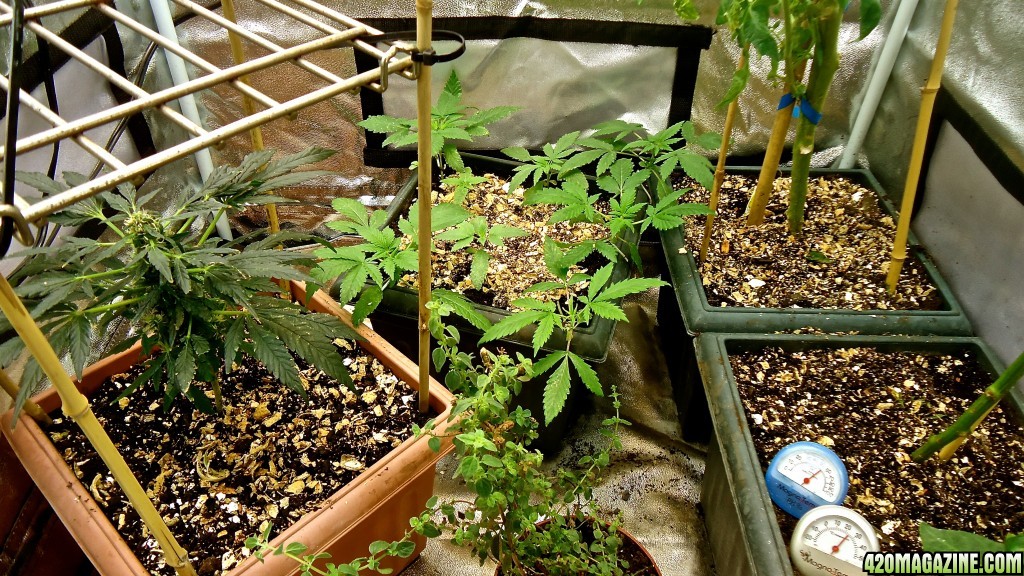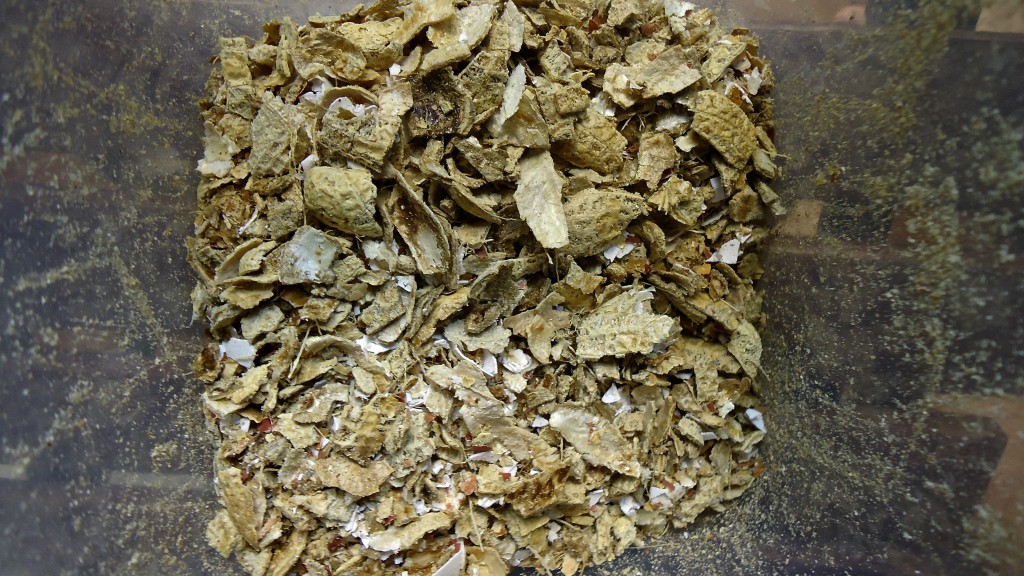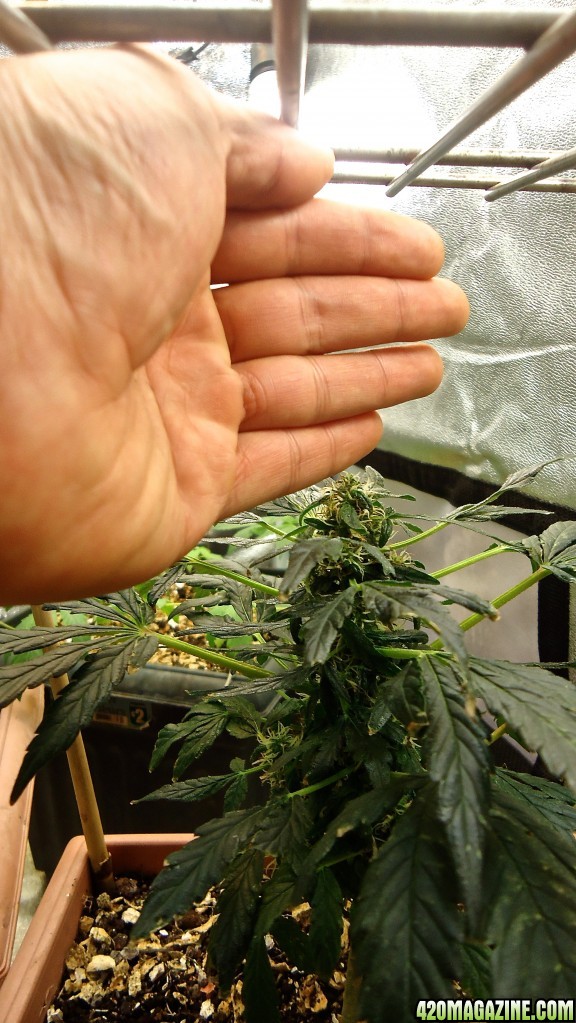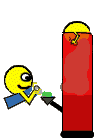- Thread starter
- #21
Danishoes21
Well-Known Member
Grind & Mixed up some Peanut shell and egg shells, added a new layer of soil.
Egg shells source of Calcium
Peanut shells source of Nitrogen
As they slowly decompose in the soil, the plant can start feeding on this.
We will see how the plant react to this.


Egg shells source of Calcium
Peanut shells source of Nitrogen
As they slowly decompose in the soil, the plant can start feeding on this.
We will see how the plant react to this.





 I most certainly am doing some experimenting to keep myself busy during winter... Im really trying to understand photoperiods and how plants adapt to new environments.
I most certainly am doing some experimenting to keep myself busy during winter... Im really trying to understand photoperiods and how plants adapt to new environments. 


 Happy Freetheweed day.
Happy Freetheweed day. 








 :surrender:
:surrender:

 that talks about this. Guess I can take a hit on my plants if it doesn't work out, guess we will have to wait and see what ever comes out of this experiment.
that talks about this. Guess I can take a hit on my plants if it doesn't work out, guess we will have to wait and see what ever comes out of this experiment.
